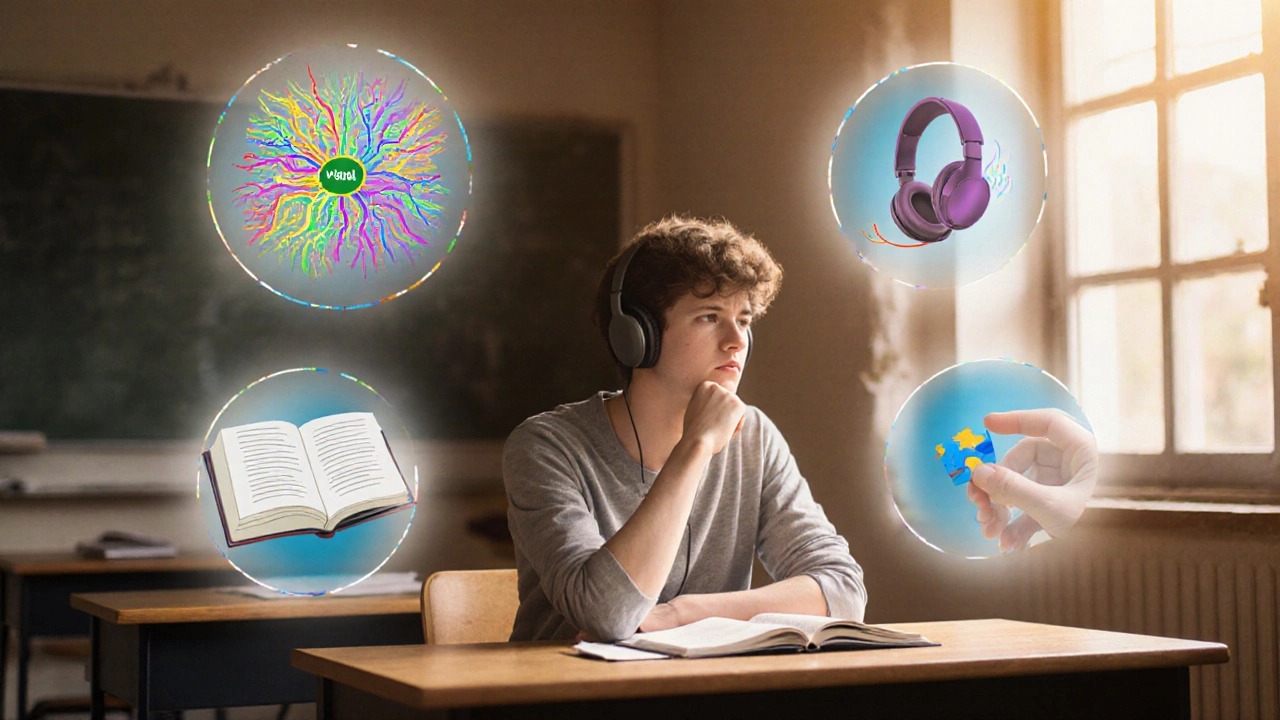Best Learning Style – Discover What Works for You
When talking about Best Learning Style, the most effective way a person takes in and keeps information. Also known as learning preference, it shapes how teachers plan lessons and how learners choose tools. Best learning style isn’t a one‑size‑fits‑all label; it includes visual, auditory, and kinesthetic approaches. Understanding this helps you match activities to the way your brain works, which can boost confidence and results.
Understanding Common Learning Styles
Visual Learning, a preference for pictures, diagrams, and written words. Also called image‑based learning, it means you remember things better when you see them. Visual learners often use color‑coded notes, mind maps, or flashcards. The central idea is that best learning style encompasses visual techniques, making abstract concepts concrete.
Auditory Learning, a tendency to learn through listening and speaking. Also known as sound‑based learning, it works best with podcasts, discussions, and read‑aloud sessions. Auditory learners absorb ideas when they hear them, so repeating information out loud or using mnemonic rhymes can be powerful. This shows how the best learning style also includes auditory methods that turn words into memory cues.
Kinesthetic Learning, learning by doing, moving, and touching. Often called hands‑on learning, it suits people who need physical activity to grasp concepts. Kinesthetic learners benefit from lab experiments, building models, or role‑playing scenarios. Linking movement to ideas proves that the best learning style also embraces kinetic experiences, turning theory into practice.
These three styles overlap with adult learning principles, which stress self‑direction and relevance. Whether you’re a student, a parent, or a teacher, knowing which style dominates can guide you to choose the right resources, set realistic goals, and track progress. Below you’ll find a curated set of articles that dive deeper into each style, compare online versus distance learning, and give actionable tips to apply the right approach in everyday study or classroom settings. Ready to see how matching your style to proven strategies can change the way you learn? Keep scrolling for practical guides and real‑world examples that bring these concepts to life.
Which Learning Style Packs the Biggest Punch?
Explore why no single learning style dominates and discover the multimodal, active approach that research shows is most effective for mastering new material.
